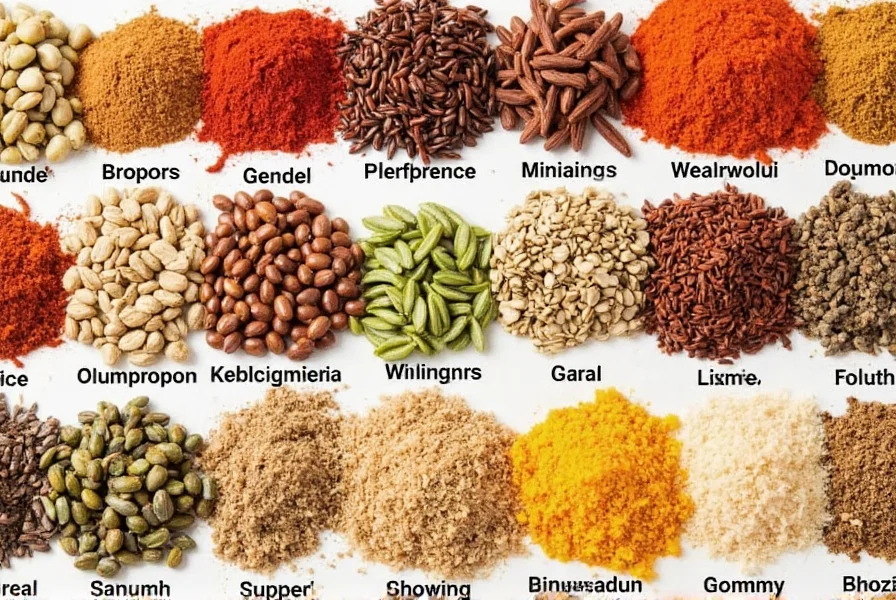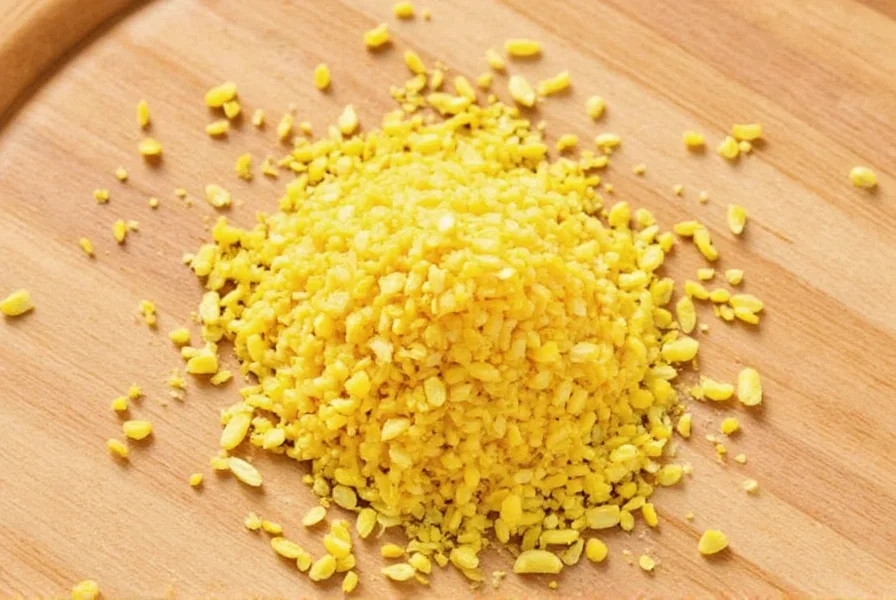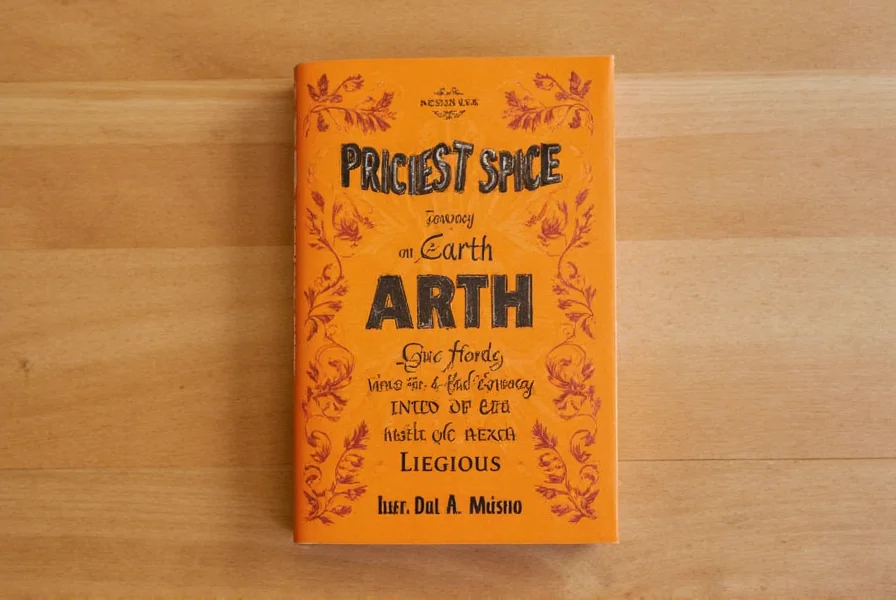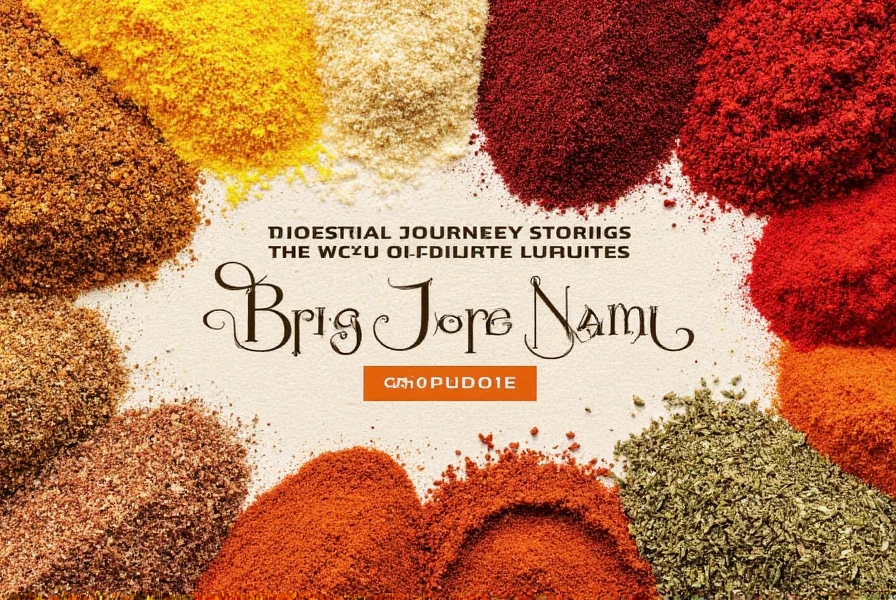Spice names often have fascinating historical origins that directly influence their flavor and culinary use. In this guide, you'll learn the meaning behind common spice names, how to identify them, and practical tips for using them in cooking. Whether you're a beginner or experienced cook, understanding spice names will help you choose the right ingredients for perfect dishes.
Table of Contents
- Practical Tips for Understanding and Using Spice Names
- Understanding the Meaning Behind Spice Names
- Essential Spice Buying and Storage Guide
- Conclusion
- Frequently Asked Questions (FAQ)
Practical Tips for Understanding and Using Spice Names
Spice names can be confusing due to similar spellings or cultural differences. Here are actionable tips to master spice identification and usage:
- Check the origin language: Many spice names derive from ancient languages like Arabic, Sanskrit, or Persian. For example, "cumin" comes from Arabic "al-kamun" (meaning "to taste"), which hints at its earthy flavor profile.
- Verify spelling and common mix-ups: Similar names like "cumin" and "caraway" have distinct uses—cumin is key in Mexican chili, while caraway flavors European rye bread. Always double-check labels to avoid errors.
- Use sensory cues for identification: Smell, color, and texture help distinguish spices. Turmeric's vibrant yellow color makes it easy to spot, while saffron's deep red threads are unmistakable.
- Store spices properly: Keep whole spices in airtight containers away from light to preserve freshness. Ground spices lose potency faster; replace every 6-12 months for best flavor.
- Read packaging details: Look for country of origin, harvest date, and suggested uses. Reputable brands often include this information to ensure quality.
- Ask for help in stores: Specialty spice shops or knowledgeable staff can explain names, uses, and substitutions—especially for less common spices like asafoetida or sumac.
| Spice | Origin | Meaning of Name | Flavor Profile | Best Uses |
|---|---|---|---|---|
| Cumin | Middle East | From Arabic al-kamun, meaning "to taste" | Earthy, nutty, slightly bitter | Curries, chili, roasted vegetables, Mexican dishes |
| Coriander | Southern Europe and Asia | From Latin coriandrum, related to "koris" (bedbug) | Lemony, citrusy, slightly sweet | Mediterranean salads, Indian curries, fresh herb garnishes |
| Cardamom | India and Sri Lanka | From Sanskrit kārtamōm, meaning "fruit of the cardamum plant" | Warm, sweet, with hints of pepper and eucalyptus | Scandinavian baked goods, Indian chai, Middle Eastern rice dishes |
| Turmeric | South Asia | From Sanskrit haldi, meaning "yellow" | Earthy, slightly bitter, golden hue | Curry powders, golden milk, rice dishes, natural dye |
| Saffron | Persia (Iran) | From Persian zafran, meaning "golden" | Floral, slightly sweet, rich color | Spanish paella, Indian biryani, gourmet desserts |
Understanding spice names reveals their cultural roots and practical applications. For instance, "saffron" directly references its golden color, while "turmeric" (from "haldi") highlights its vibrant yellow hue—key for identifying and using them correctly in recipes.
Essential Spice Buying and Storage Guide
Choosing high-quality spices ensures better flavor and longevity. Follow these expert tips:
1. Prioritize Whole Spices
Whole spices (like cumin seeds or cardamom pods) retain freshness longer than ground versions. Grind them fresh before use for maximum aroma and potency. For example, whole cumin seeds last 2-3 years, while ground cumin loses flavor in 6 months.
2. Check for Freshness
Smell spices before buying—they should be fragrant, not musty. Saffron threads should be deep red with no yellow tips, and turmeric powder should be bright yellow without clumps. Avoid spices with excessive dust or discoloration.
3. Buy from Reputable Sources
Choose trusted brands or specialty stores that source directly from origin regions. For instance, Indian saffron from Kashmir or Iranian cardamom is often higher quality than generic supermarket options.
4. Proper Storage
Store spices in dark, airtight containers away from heat and moisture. Keep them in a cool pantry—not near the stove. Label containers with purchase dates to track freshness. Saffron and turmeric are especially sensitive; store them in opaque jars to preserve color and flavor.
5. Use Spices Wisely
Toast whole spices before grinding to enhance flavor. Add ground spices early in cooking for deep integration (e.g., in curries), or sprinkle fresh herbs like cilantro at the end for brightness. Experiment with spice blends: combine cumin, coriander, and turmeric for authentic Indian curry powder.





Conclusion
Spice names are more than labels—they're keys to unlocking cultural history and culinary excellence. By understanding their origins, meanings, and practical uses, you can confidently select and use spices to elevate everyday meals. Remember: fresh, well-stored spices make all the difference. Start with common varieties like cumin and turmeric, then explore new flavors to transform your cooking.
Frequently Asked Questions (FAQ)
What is the most expensive spice by name and why?
Saffron is the most expensive spice by weight. Its name comes from the Persian word "zafran," meaning "golden," and it commands high prices because harvesting requires hand-picking stigmas from 75,000 crocus flowers to produce just one pound, making it labor-intensive and rare.
Why is coriander sometimes called cilantro?
The name "coriander" refers to the dried seeds of the Coriandrum sativum plant, while "cilantro" is the Spanish term for its fresh leaves and stems. Both come from the same plant but are used differently across cuisines—seeds in spice blends and leaves as a fresh herb.
Which spice name directly describes its color?
Turmeric's name comes from the Sanskrit word "haldi," meaning "yellow." This directly references its vibrant golden-yellow hue, which it imparts to dishes and has been used as a natural dye for centuries.
How can I distinguish cumin from caraway by name and use?
Cumin (from Arabic "al-kamun") has earthy, warm notes common in Mexican and Indian dishes like chili, while caraway (from Arabic "karawya") offers licorice-like flavors typical in European rye breads and sauerkraut. Visually, cumin seeds are larger and lighter than caraway's smaller, darker seeds.
What does the word "spice" itself mean historically?
The term "spice" derives from the Old French "espice," rooted in the Latin "species" meaning "specific kind or sort." Historically, it referred to precious, distinct commodities traded along ancient routes—highlighting how these ingredients were once valued as highly as gold or gems.
How long do spices last, and how can I tell if they're fresh?
Whole spices last 2-3 years, ground spices 6-12 months. Check freshness by smell: they should be fragrant, not musty. Rub a pinch between your fingers—if no aroma releases, it's stale. For saffron, threads should be deep red without yellow tips; for turmeric, powder should be bright yellow without clumps.
What's the best way to store spices to keep them fresh?
Store spices in airtight, opaque containers away from heat, light, and moisture. Keep them in a cool pantry—not near the stove. Label containers with purchase dates. Saffron and turmeric are especially sensitive; use dark glass jars for maximum preservation.











 浙公网安备
33010002000092号
浙公网安备
33010002000092号 浙B2-20120091-4
浙B2-20120091-4